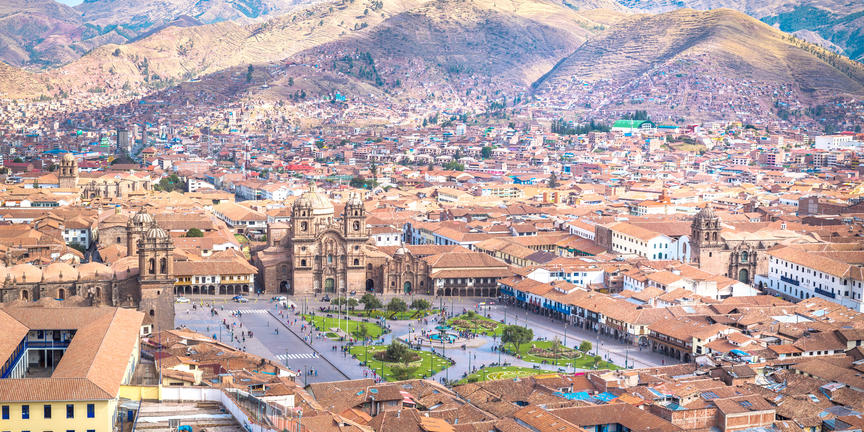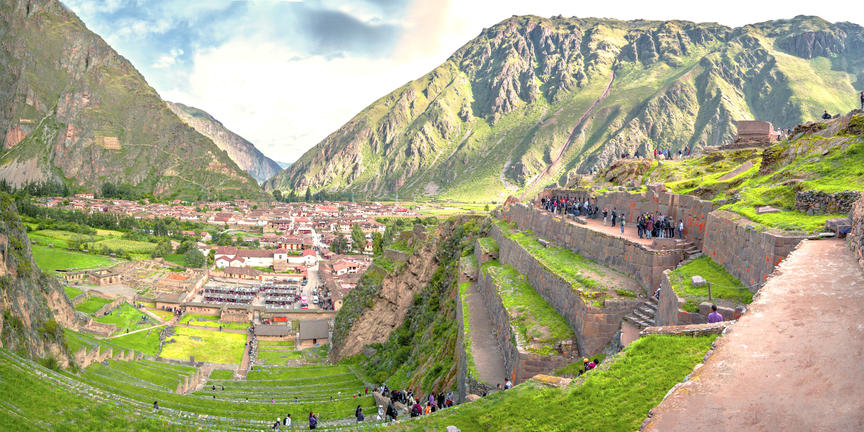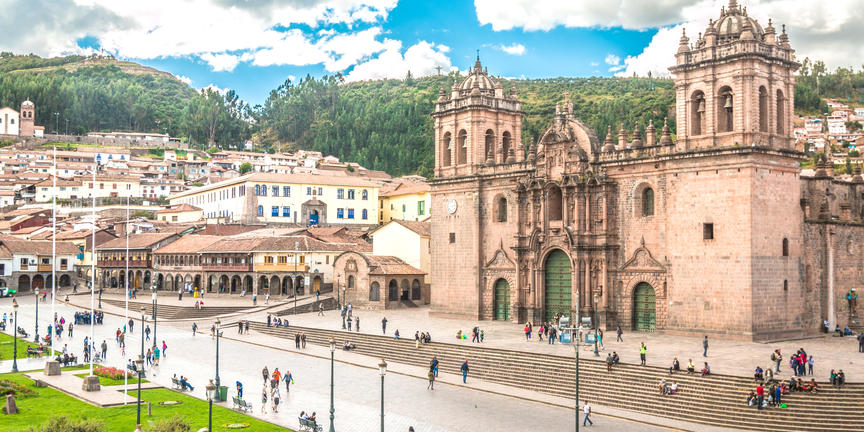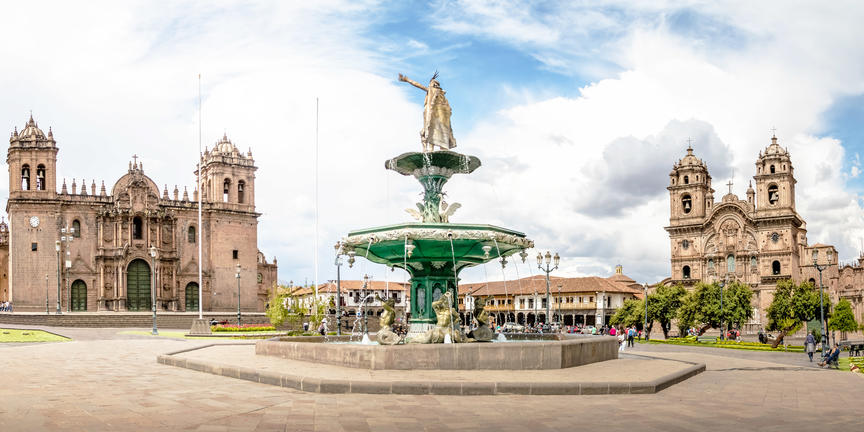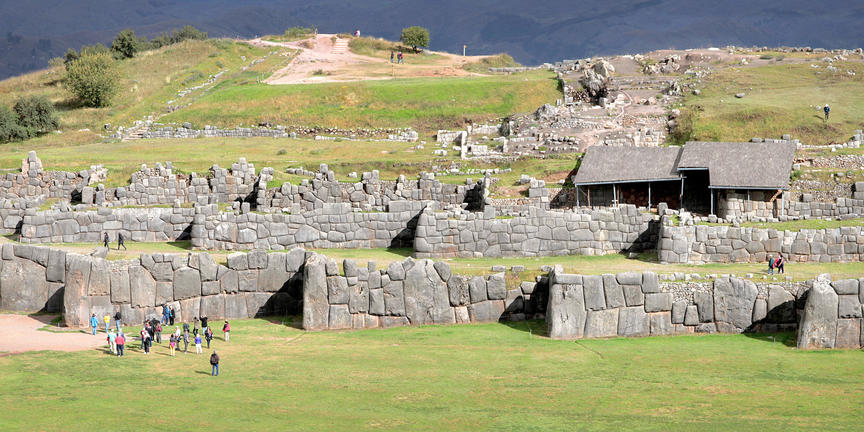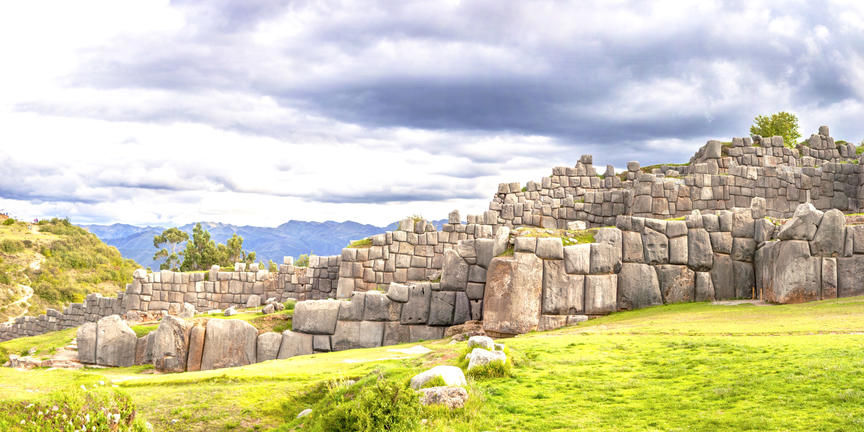Brazil is a vast, vibrant and magnetic country situated in the central-eastern part of South America, and lapped by the Atlantic Ocean. This melting pot of cultures, ethnicities, and religions is a product of its patchwork past of local traditions, colonial rule, and the influx of immigrants. It is South America’s largest country, with a landmass comparable to that of the United States, and a mosaic of ecosystems that supports the largest array of flora and fauna on the planet. The Brazilian people are typically warm and friendly, while the country’s natural diversity lends itself to myriad travel experiences, from idyllic coastal holidays and riotous Carnaval celebrations to stopovers in the dynamic cities of Sao Paulo and Rio de Janeiro. Adventures await outdoor enthusiasts in the enthralling Amazon jungle.
Brazil’s second-largest city and one of the world’s most popular tourism destinations, Rio de Janeiro is renowned for its beautiful beaches, vibrant culture, the iconic Sugar Loaf Mountain and the massive, majestic statue of Christ atop the Corcavado peak. The highlight of Rio’s social calendar is Carnaval, in the weeks leading up to Lent, when the city becomes a riot of colour, music and festivities, with thousands of costumed revellers parading through the street in what the locals call the ‘Greatest Show on Earth’.


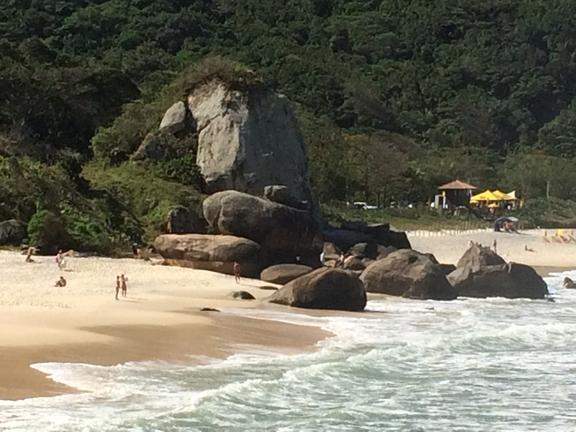

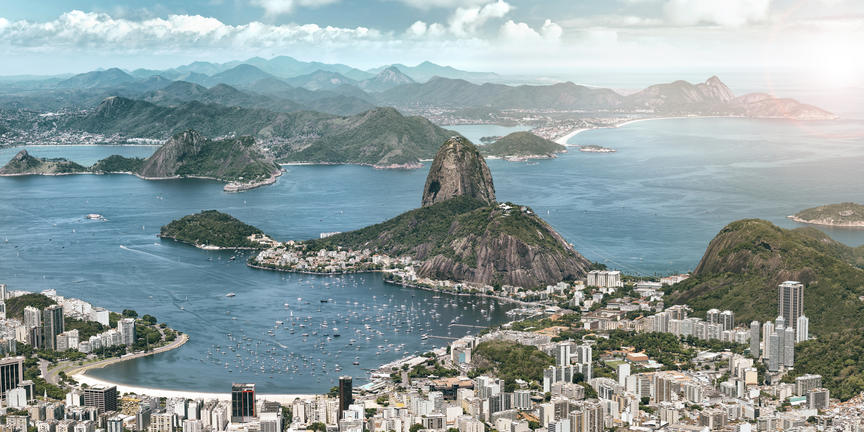
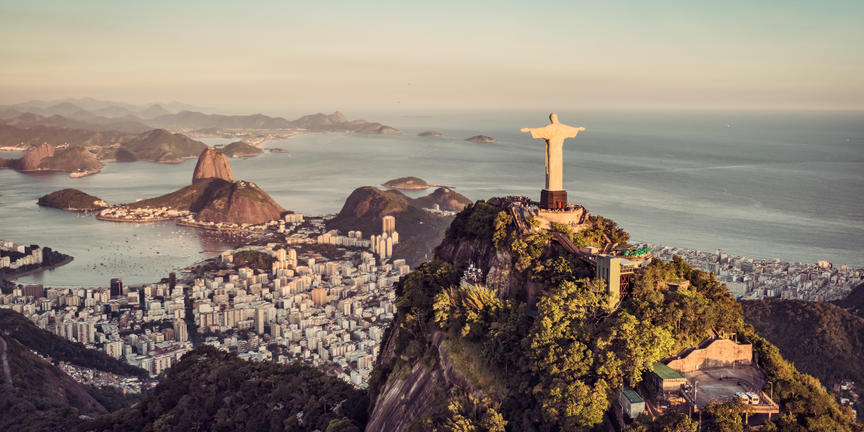


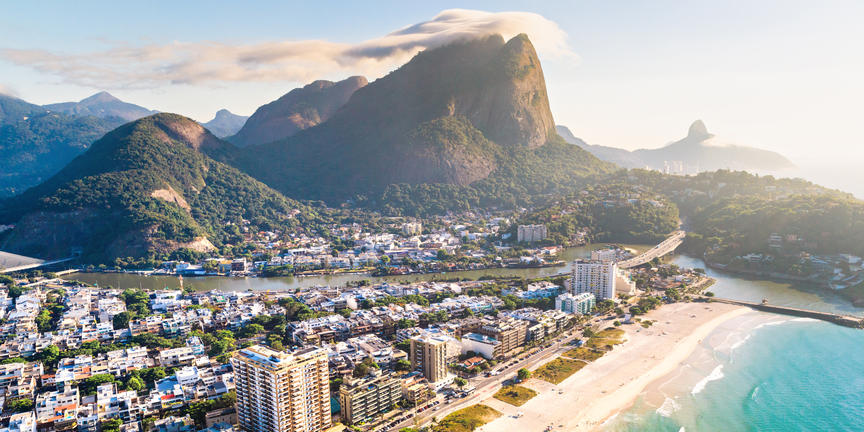
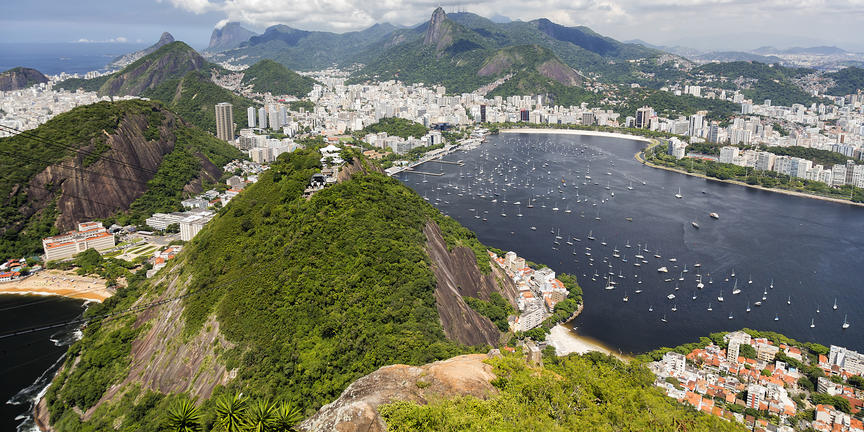
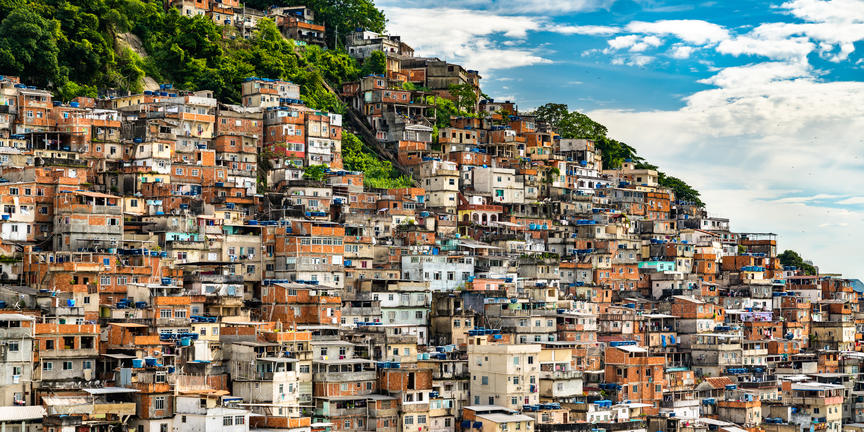

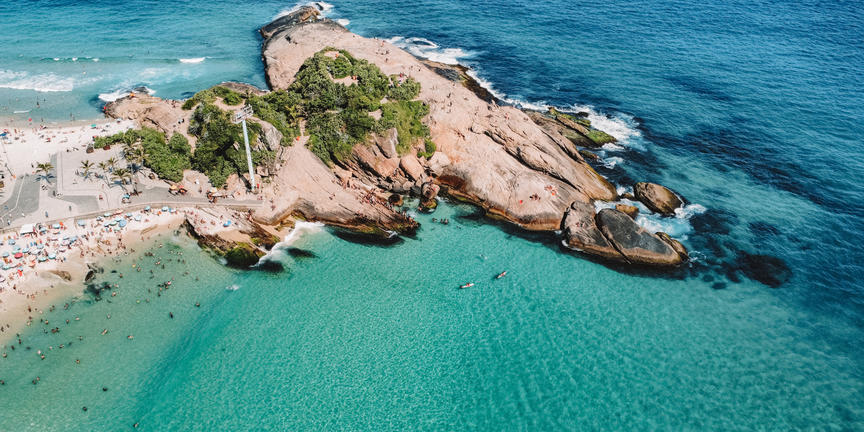

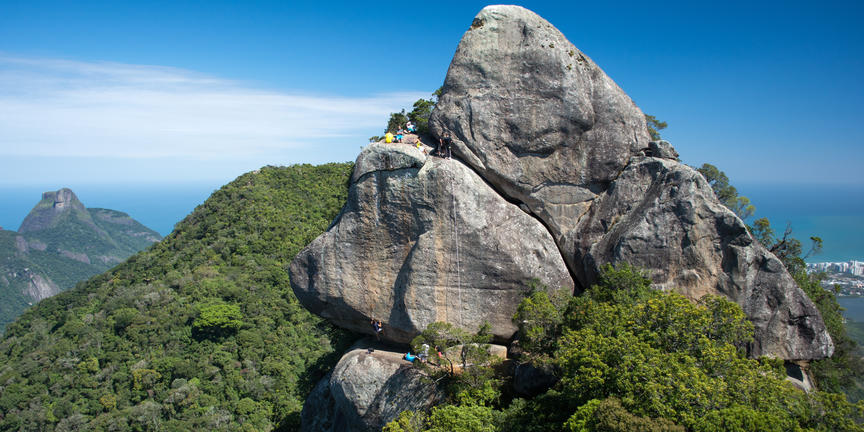
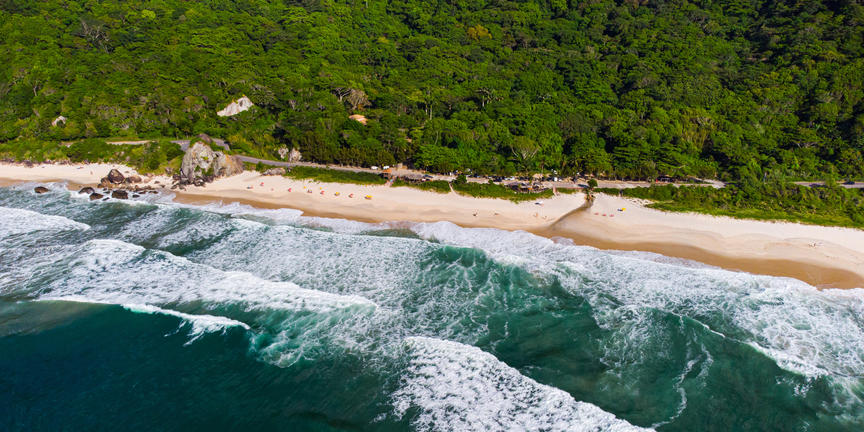
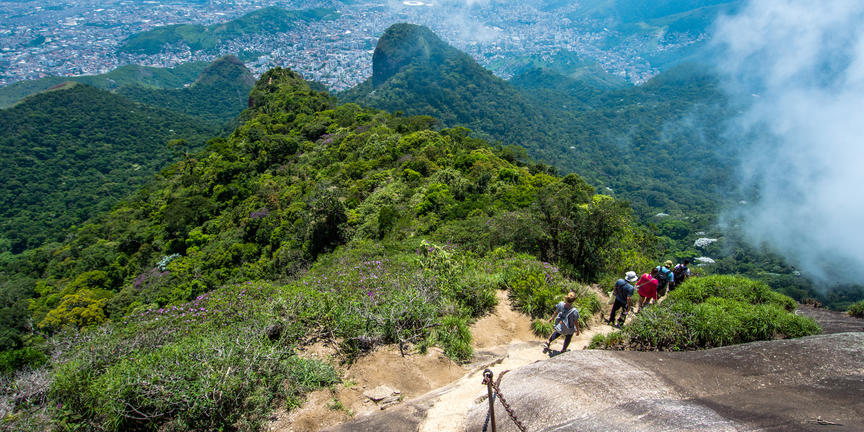
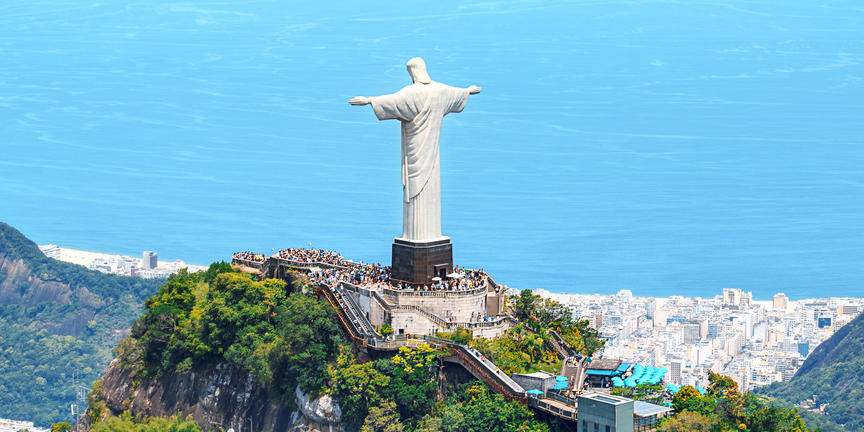
Foz do Iguacu is an important Brazilian town within the state of Parana, set close to the three-way border between Brazil, Argentina and Paraguay. Explore the incredible natural wonders of the UNESCO-listed Iguazu National Park, which offers the chance to see not only the enormous cascading waterfalls (one of the largest in the world) but also numerous rare and endangered plants and animals. At the Bird Park, see bright and beautiful winged species. Marvel at the architecture, atmosphere and sacred ceremonies at the Buddhist Temple and Omar Ibn Al-Khattab Mosque. Delve into local heritage by attending the mesmerising Ipora Show, a celebration of culture through story, song and dance. Other highlights include the Three Borders Landmark, Itaipu Dam, and Dreamland Wax Museum.
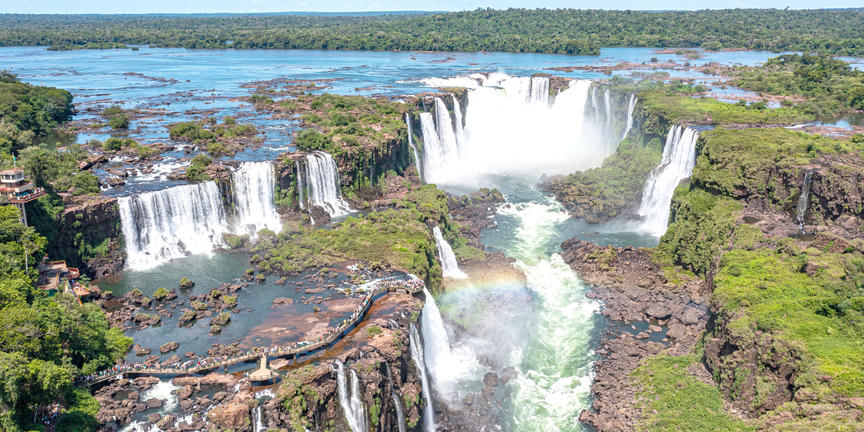
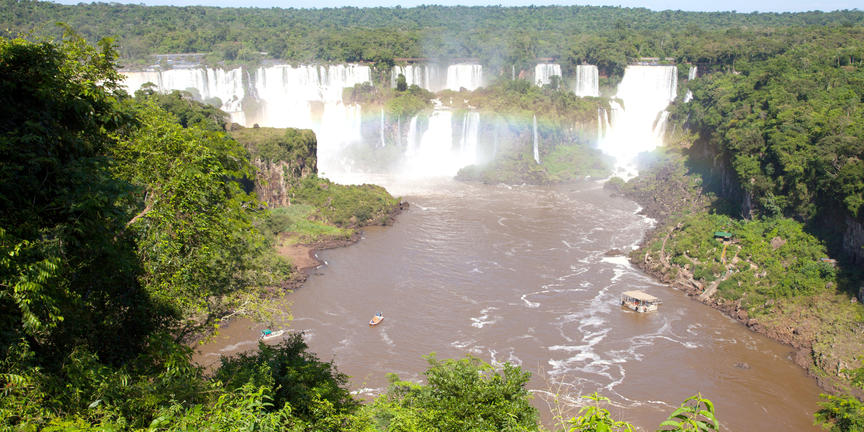
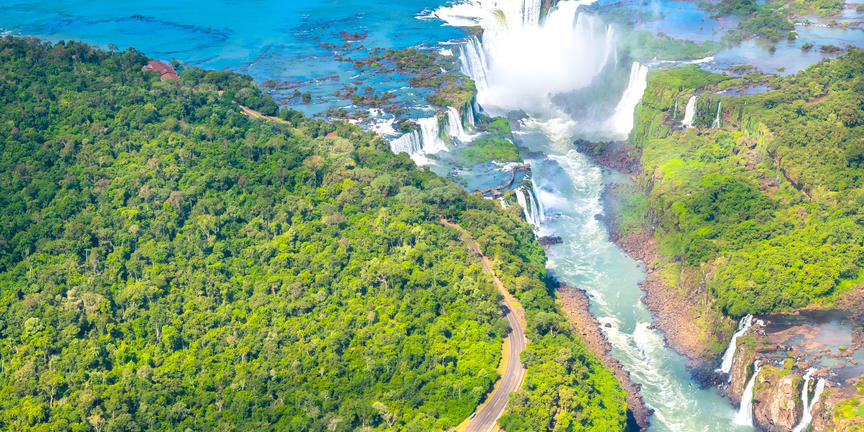
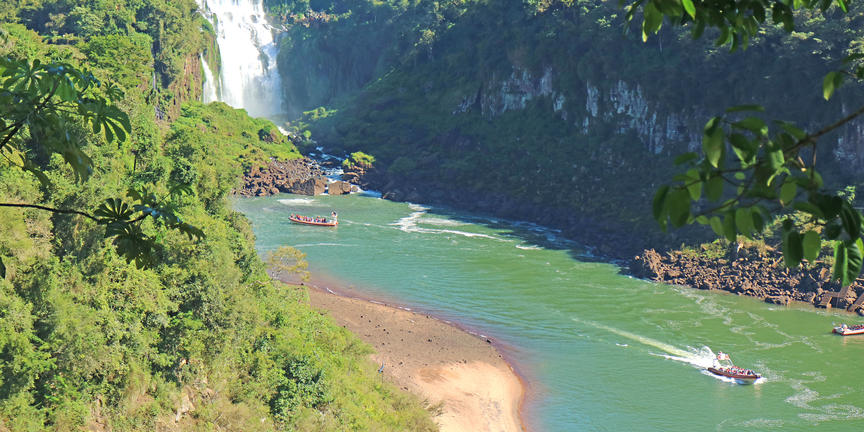
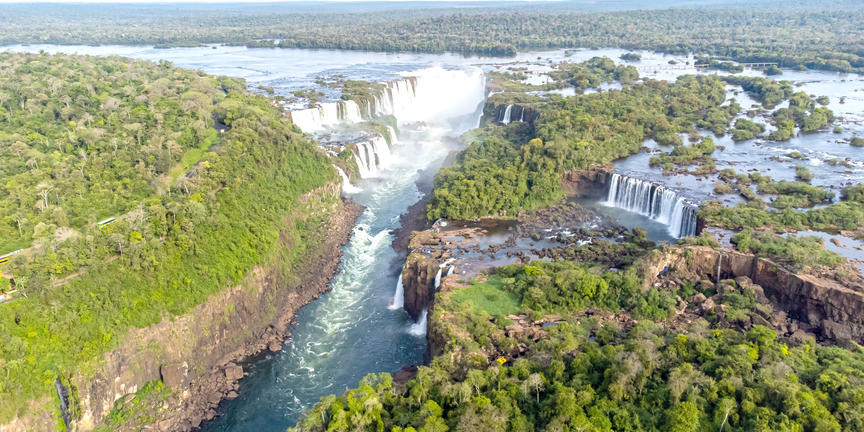
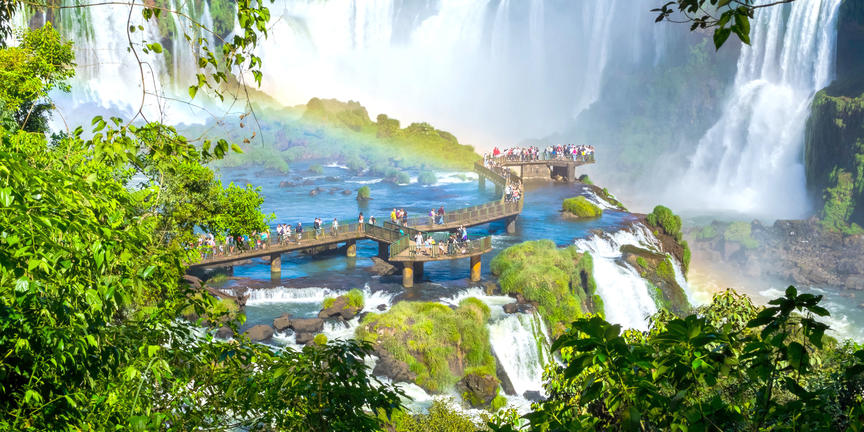
Peru is most famous for the sacred archaeological site of Machu Picchu – visited each year by scores of intrepid hikers who brave the Inca Trail’s arduous slopes to explore the age-old ruins. The country’s attractions extend far beyond the mystical allure of this legendary location and include palm-fringed beaches, quaint Andean villages and archaeological treasures that predate Machu Picchu by hundreds of years – all imbued with the nation’s rich melange of indigenous and colonial cultures. Equally enticing are the exotic reaches of Peru’s Amazon rainforest; Lima’s superb eateries, exquisite architecture and effervescent nightlife; the glittering, mountain-ringed waters of Lake Titicaca; and the vibrant city of Cusco, referred to by the Incas as ‘the centre of the world’.
Peru’s capital is a fantastic city to tour, dotted with a multitude of cultural sites and beautifully preserved architecture. Founded by the conquistador Francisco Pizarro in 1535, Lima was first named ‘City of Kings’ – a biblical reference to the ‘Three Wise Men of the East’ – before its name was changed by the Spanish colonialists. The most significant historical buildings are located around the Plaza Mayor, the most notable being the Government Palace, where one can still observe the changing of the guard performed by the Húsares de Junín. The beautiful Cathedral and the various small palaces and colonial balconies also play also their part in the beauty of the city. Another highlight is the famed Larco Herrera Museum, documenting the millennial cultures that preceded the Inca civilization and containing a priceless collection of pre-Columbian artifacts, including some of South America's finest pre-Inca erotic pottery.
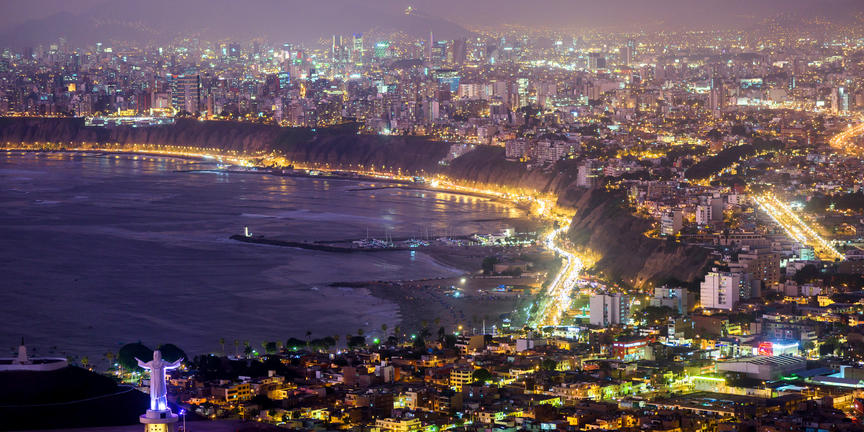
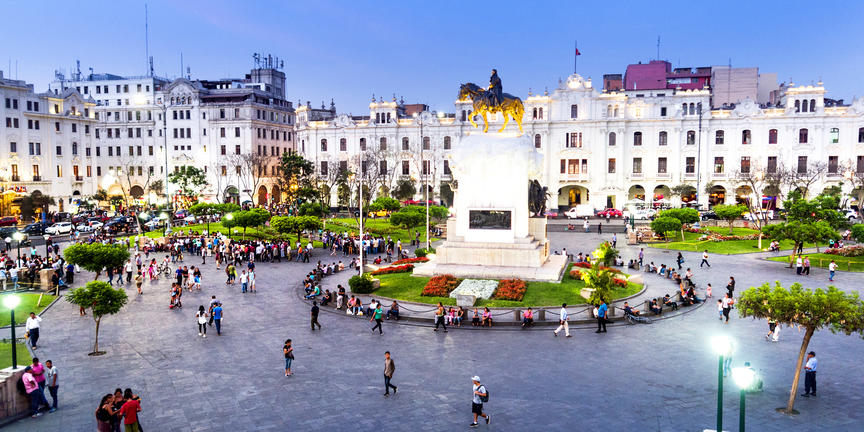
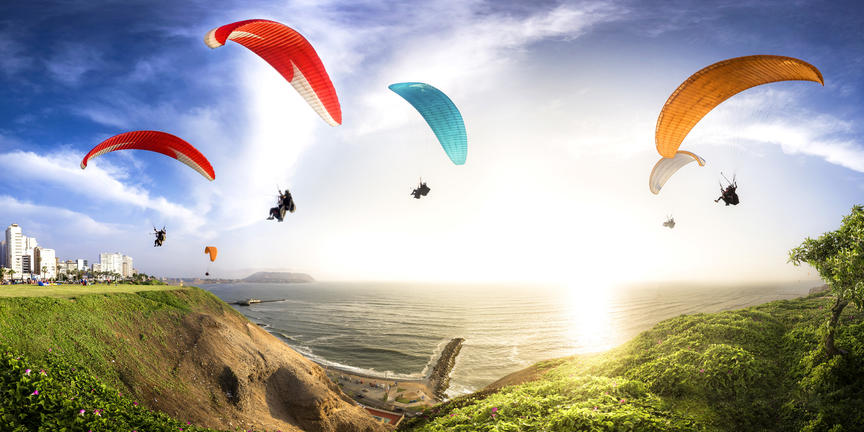
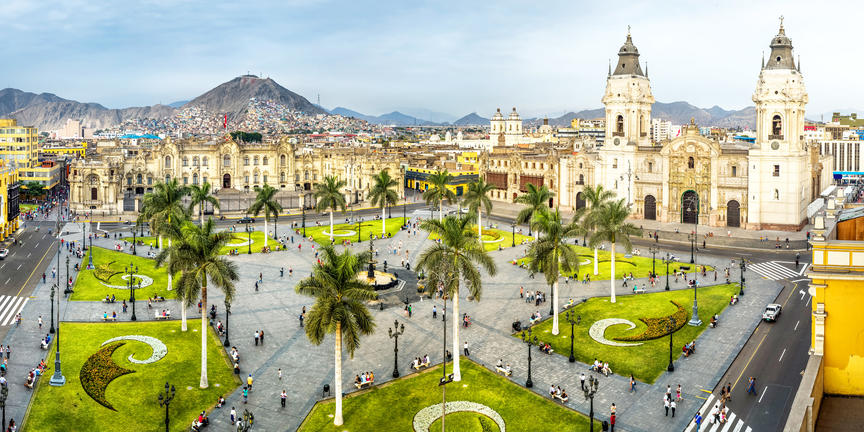
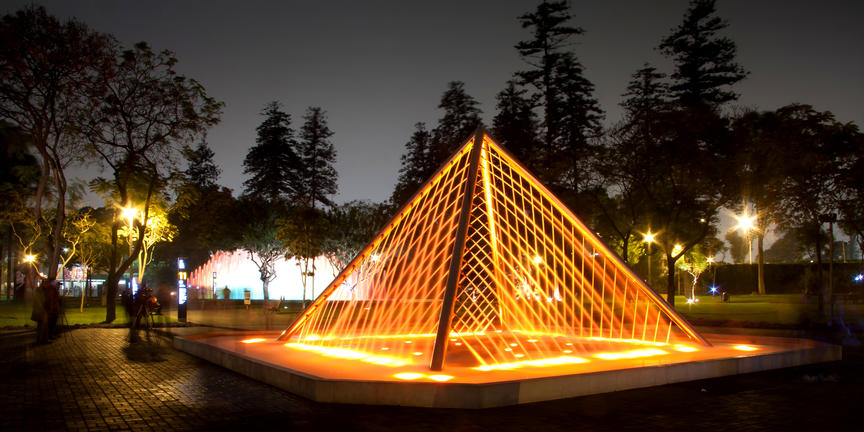
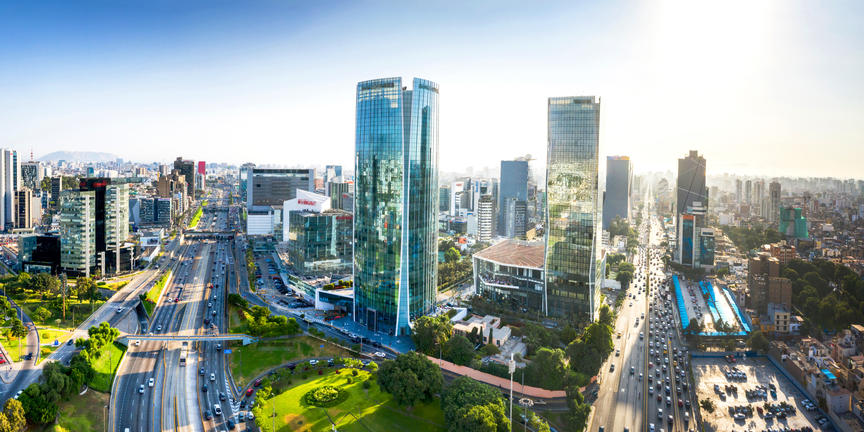
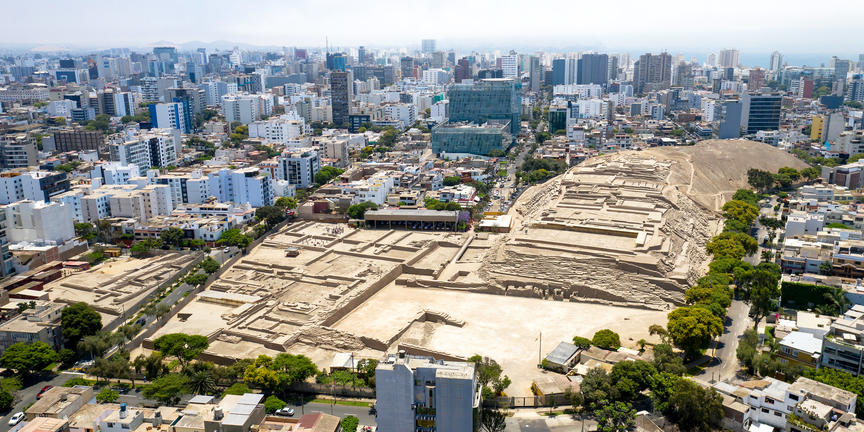
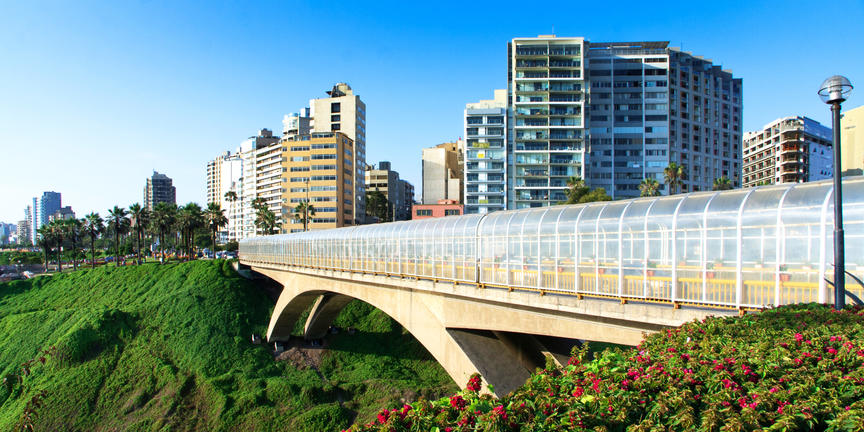
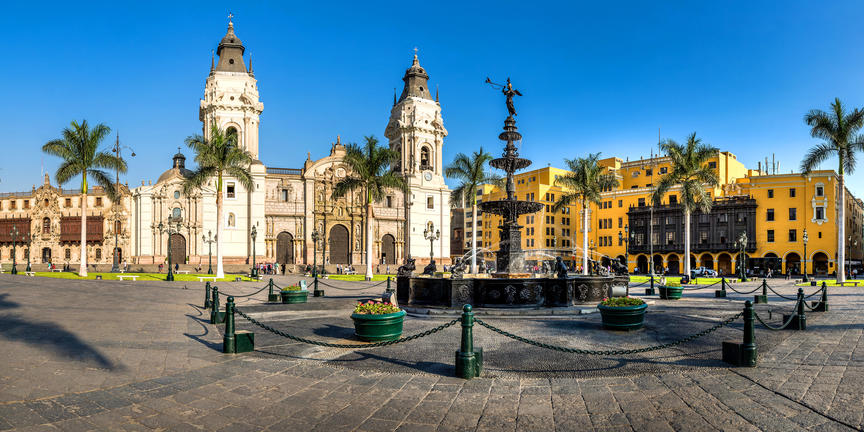
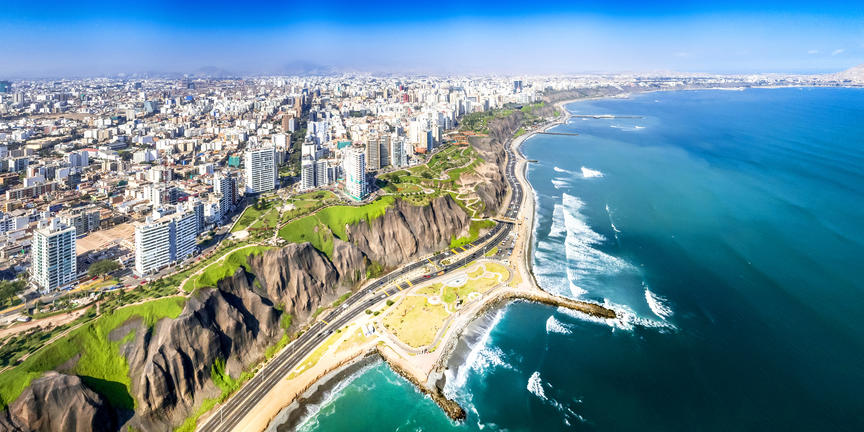
Once called the ‘Navel of the World’ by the Incas, Cusco rises in the southern Andes of Peru, where colonial grandeur meets the enduring stonework of the Inca Empire. A UNESCO World Heritage Site, it serves as the main gateway to Machu Picchu, the Sacred Valley, and surrounding ruins. At its centre, the Plaza de Armas—once Huacaypata—remains alive with cafés, arcades, and the 16th-century Cusco Cathedral, built from Sacsayhuamán’s stones. Nearby, the San Blas district unfolds with whitewashed adobe houses, blue balconies, and workshops where artisans craft metalwork, woodcarvings, and sacred art. Across the city, layers of history reveal themselves in landmarks such as the Korikancha, the Inca street of Hatun Rumiyoc with its twelve-angled stone, the Museum of Colonial Art, and the ancient shrines and water temples scattered through the surrounding hills.
